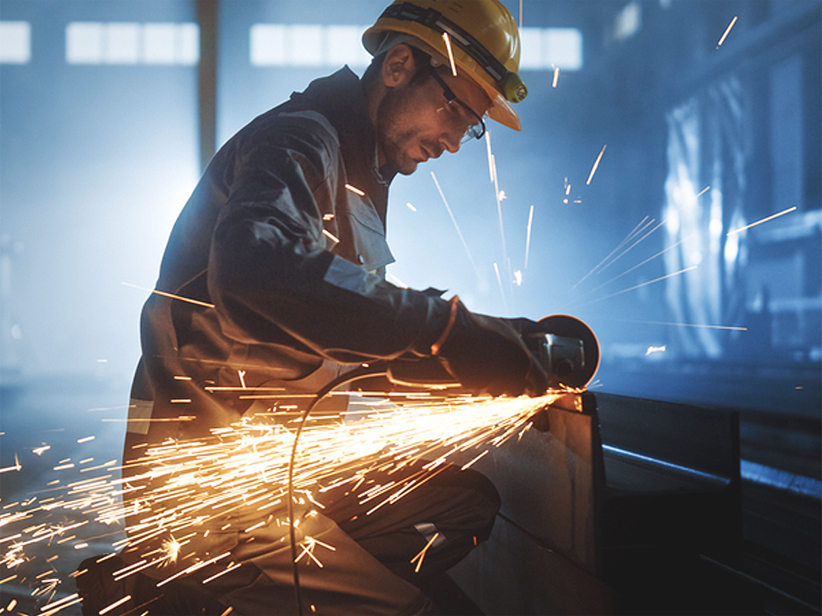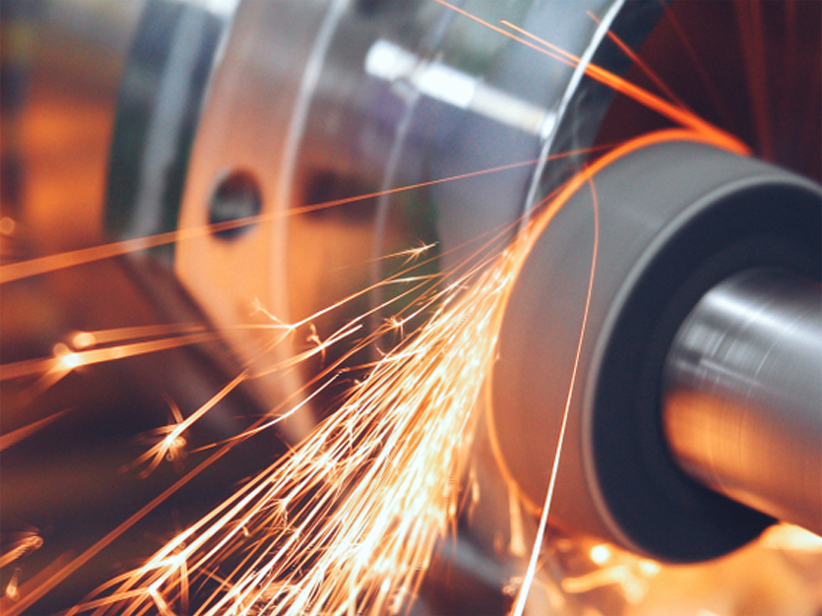Stainless Steel - 316LSi / 1.4408
Description
316LSi/1.4408 is a low-carbon austenitic stainless steel that is primarily used in applications requiring enhanced corrosion resistance and improved weldability. The addition of silicon improves the stability of the arc during welding and enhances the overall mechanical properties of the material.
Chemical Composition
The typical chemical composition of 316LSi/1.4408 is as follows:
| Element | % Present (Typical) |
|---|---|
| Carbon (C) | 0.03 max |
| Silicon (Si) | 0.65 - 1.00 |
| Manganese (Mn) | 1.0 - 2.5 |
| Phosphorus (P) | 0.03 max |
| Sulfur (S) | 0.03 max |
| Chromium (Cr) | 18.0 - 20.0 |
| Copper (Cu) | 2.00 - 3.50 |
| Molybdenum (Mo) | 2.0 - 3.0 |
| Nickel (Ni) | 11.0 - 14.0 |
| Copper (Cu) | 0.75 max |
Mechanical Properties
The mechanical properties of 316LSi at room temperature are:
| Property | Value |
|---|---|
| Ultimate Tensile Strength | 79,500 psi (550 MPa) |
| Yield Strength (0.2%) | 55,100 psi (380 MPa) |
| Elongation | 39% |
| Reduction of Area | 68% |
Thermal & Physical Properties
Other Designations
Fabrication and Heat Treatment
316LSi/1.4408 can be easily fabricated using standard methods such as welding, machining, and forming. The material is non-magnetic in the annealed condition but may become slightly magnetic after cold working. It does not require heat treatment for strengthening, but annealing at 1010-1120°C (1850-2050°F) may be performed to relieve stresses.
Applications
316LSi is widely used in various industries due to its excellent corrosion resistance, including:
Supplied Forms
316LSi is available in various forms, including:
Features
DIN Number
The DIN designation for 316LSi is 1.4408.
This datasheet provides a comprehensive overview of 316LSi stainless steel, highlighting its composition, properties, and applications, making it suitable for a variety of demanding environments.






